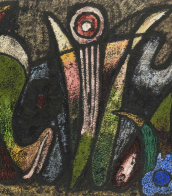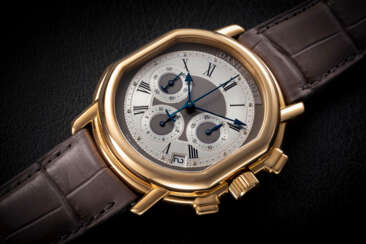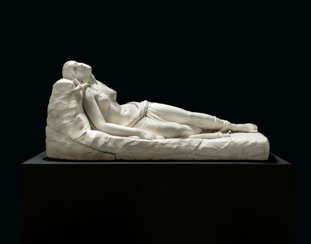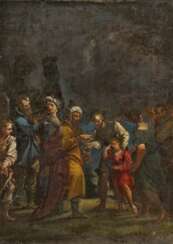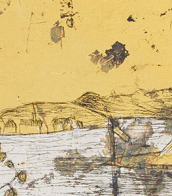toni roth
,_by_Johann_Baptist_II_Lampi.jpg)
Antonio Canova was an Italian sculptor of the late 18th and early 19th centuries. He is known as a bright representative of neoclassicism in European fine art. Canova was a follower of traditions of artists of antiquity and Renaissance. Among admirers of his creativity there were many representatives of ruling dynasties of Europe.
Antonio Canova himself created more than 50 statues, and together with his assistants - about 180 works. He gained influential patrons and had a reputation as the most important European sculptor of his time. Among his customers was Napoleon Bonaparte, whose statue Canova carved from marble, depicting the emperor as Mars.
Most of Canova's works today decorate the expositions of the world's leading museums, such as the halls of the Louvre and the Hermitage.


Antonio Corpora was a Tunisian born Italian painter who followed the Tachisme style of Abstract art.
In the 1930s, Corpora's style was abstract and geometric, heavily influenced by Cubism and Fauvism. His work later shifted more towards abstract expressionism.


Giovanni Antonio Burrini was an Italian painter and engraver who worked during the Late Baroque period.
Giovanni Antonio Burrini worked mainly as a painter, specialising in religious and historical subjects. His style was influenced by the Bolognese school of painting, which emphasized classical composition, clear forms, and vivid colours.
Burrini's paintings often depicted scenes from biblical narratives and mythological stories. His work was distinguished by his meticulous attention to detail, delicate brushwork and sense of dramatic illumination and atmosphere. He also created intricate and finely detailed engravings.

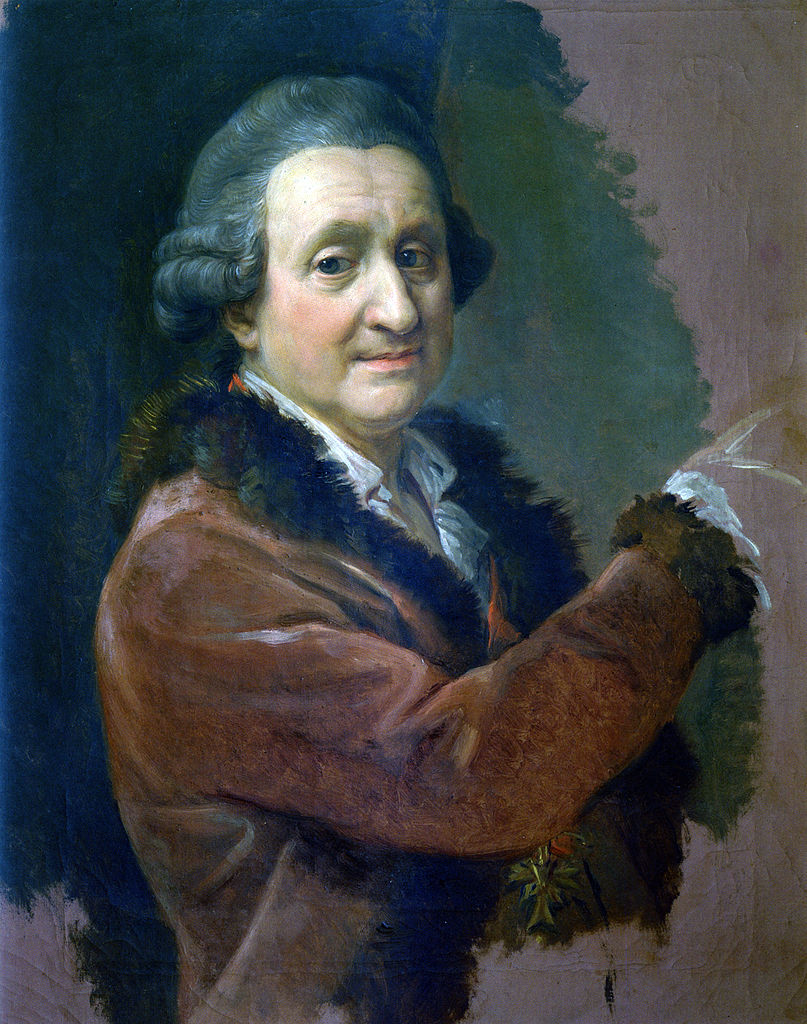
Pompeo Girolamo Battoni was an Italian painter who displayed a solid technical knowledge in his portrait work and in his numerous allegorical and mythological pictures. The high number of foreign visitors travelling throughout Italy and reaching Rome during their "Grand Tour" led the artist to specialize in portraits.
Batoni won international fame largely thanks to his customers, mostly British of noble origin, whom he portrayed, often with famous Italian landscapes in the background. Such Grand Tour portraits by Batoni were in British private collections, thus ensuring the genre's popularity in Great Britain. One generation later, Sir Joshua Reynolds would take up this tradition and become the leading English portrait painter. Although Batoni was considered the best Italian painter of his time, contemporary chronicles mention his rivalry with Anton Raphael Mengs.


Giovanni Antonio Burrini was an Italian painter and engraver who worked during the Late Baroque period.
Giovanni Antonio Burrini worked mainly as a painter, specialising in religious and historical subjects. His style was influenced by the Bolognese school of painting, which emphasized classical composition, clear forms, and vivid colours.
Burrini's paintings often depicted scenes from biblical narratives and mythological stories. His work was distinguished by his meticulous attention to detail, delicate brushwork and sense of dramatic illumination and atmosphere. He also created intricate and finely detailed engravings.

















